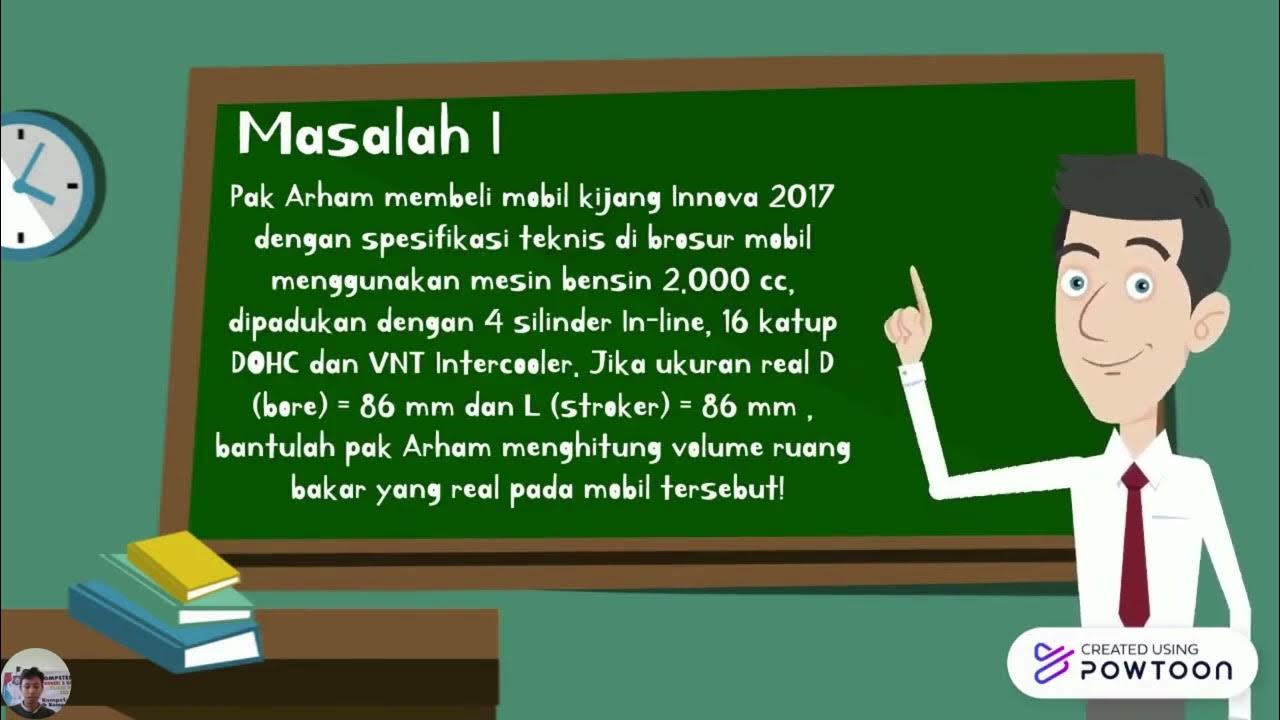How to Calculate Conduit Fill
Summary
TLDRIn this video, Walter explains how to calculate conduit fill for electrical installations, using EMT (Electrical Metallic Tubing) as an example. He guides viewers through the relevant NEC tables, such as Table 1 for fill percentages, Table 4 for conduit sizing, and Table 5 for conductor areas. By using these tables, Walter shows how to determine the maximum number of conductors that can safely fit in a conduit, ensuring compliance with the National Electrical Code. The tutorial includes a practical demonstration with a spreadsheet, highlighting the importance of correct conduit fill calculations for safe and code-compliant electrical work.
Takeaways
- 😀 The Uglies Book is a common tool for electricians, providing quick access to important electrical reference charts, including conduit fill calculations.
- 😀 3/4 inch EMT conduit can hold up to 10 number 10 THHN wires, according to the Uglies Book's conduit fill chart.
- 😀 The National Electrical Code (NEC) Chapter 9 contains key tables for conduit fill, with Table 1 defining the maximum percentage of conduit cross-sectional area that can be filled by conductors.
- 😀 NEC Table 1 allows 53% fill for one conductor, 31% for two, and 40% for three or more conductors in a conduit.
- 😀 For 3/4 inch EMT conduit, Table 4 in the NEC allows up to 0.213 square inches of conductor fill at 40% capacity.
- 😀 When calculating conduit fill, always measure conductor areas in square inches to ensure compliance with the NEC standards.
- 😀 A spreadsheet can help simplify the calculations by multiplying the number of conductors by the square inch area of each conductor to check against the conduit’s available fill capacity.
- 😀 The NEC allows for 60% fill in short conduit runs, also known as nipples (less than 24 inches), providing more space for conductors in these cases.
- 😀 You can’t exceed the 40% fill limit in a normal conduit run; for example, 11 number 10 wires would exceed the 40% capacity for 3/4 inch EMT conduit.
- 😀 Different conductor insulation types (THHN, THW, etc.) have slightly different areas, so always refer to the correct table (Table 5 in the NEC) for accurate measurements.
- 😀 It’s crucial to choose the correct conductor size and insulation type when calculating conduit fill to ensure that your installation remains legal and safe.
Q & A
What is the purpose of calculating conduit fill?
-The purpose of calculating conduit fill is to ensure that the conduit is not overloaded with wires, which could lead to overheating, safety hazards, or non-compliance with the National Electric Code (NEC). Proper conduit fill helps maintain electrical safety and efficiency.
What is the maximum fill for one conductor in a conduit according to the NEC?
-According to NEC Table 1, one conductor can fill up to 53% of the conduit’s cross-sectional area.
What happens if you have more than two conductors in a conduit?
-If you have more than two conductors in a conduit, the NEC limits the fill to 40% of the conduit’s cross-sectional area, as stated in Table 1 of Chapter 9.
How does the National Electric Code (NEC) define a 'nipple' in terms of conduit fill?
-A 'nipple' is defined as a short conduit run, typically 24 inches or less in length. The NEC allows up to 60% conduit fill for nipples, as noted in Table 1, Note 4 of Chapter 9.
What is the difference in conduit fill limits between a standard conduit and a nipple?
-A standard conduit can be filled to 40% of its cross-sectional area for multiple conductors, while a nipple (24 inches or less in length) can be filled to 60% of its cross-sectional area.
Why is the 'Uglies Book' useful for conduit fill calculations?
-The 'Uglies Book' is a reference manual that provides quick access to important charts and calculations, including the conduit fill chart. It simplifies finding the maximum number of conductors that can be placed in different sizes of conduit, such as 3/4-inch EMT.
How do you determine the number of conductors that can fit in a conduit?
-To determine how many conductors fit in a conduit, you need to calculate the total cross-sectional area of the conductors (using their wire size and insulation type) and ensure that it does not exceed the maximum allowed fill for the conduit, as per the NEC tables.
What is the role of NEC Table 4 in conduit fill calculations?
-NEC Table 4 provides the available cross-sectional area for different conduit types (such as EMT, IMC, and PVC), helping to determine how much room is available for conductors. This allows electricians to ensure they do not exceed the 40% fill limit for multiple conductors in the conduit.
How can spreadsheets assist in conduit fill calculations?
-Spreadsheets can assist by automating the calculations. By inputting the wire sizes and their corresponding cross-sectional areas, you can easily calculate the total fill for a conduit and check if it complies with the NEC limits, making the process more efficient and error-free.
What are some common wire types used in conduit, and how do they affect conduit fill?
-Common wire types include THHN, THWN-2, and other variations. The wire’s insulation type affects its cross-sectional area. For instance, THHN wires tend to have a smaller cross-sectional area compared to other wire types, so it's important to use the correct NEC table when calculating conduit fill for different wire types.
Outlines

This section is available to paid users only. Please upgrade to access this part.
Upgrade NowMindmap

This section is available to paid users only. Please upgrade to access this part.
Upgrade NowKeywords

This section is available to paid users only. Please upgrade to access this part.
Upgrade NowHighlights

This section is available to paid users only. Please upgrade to access this part.
Upgrade NowTranscripts

This section is available to paid users only. Please upgrade to access this part.
Upgrade NowBrowse More Related Video
5.0 / 5 (0 votes)





